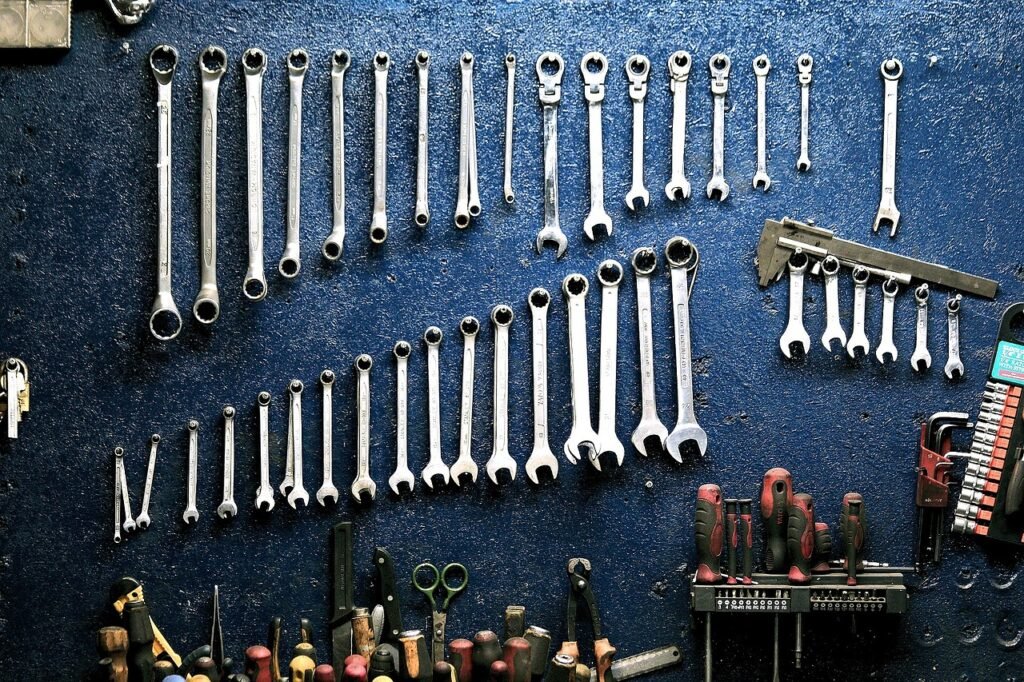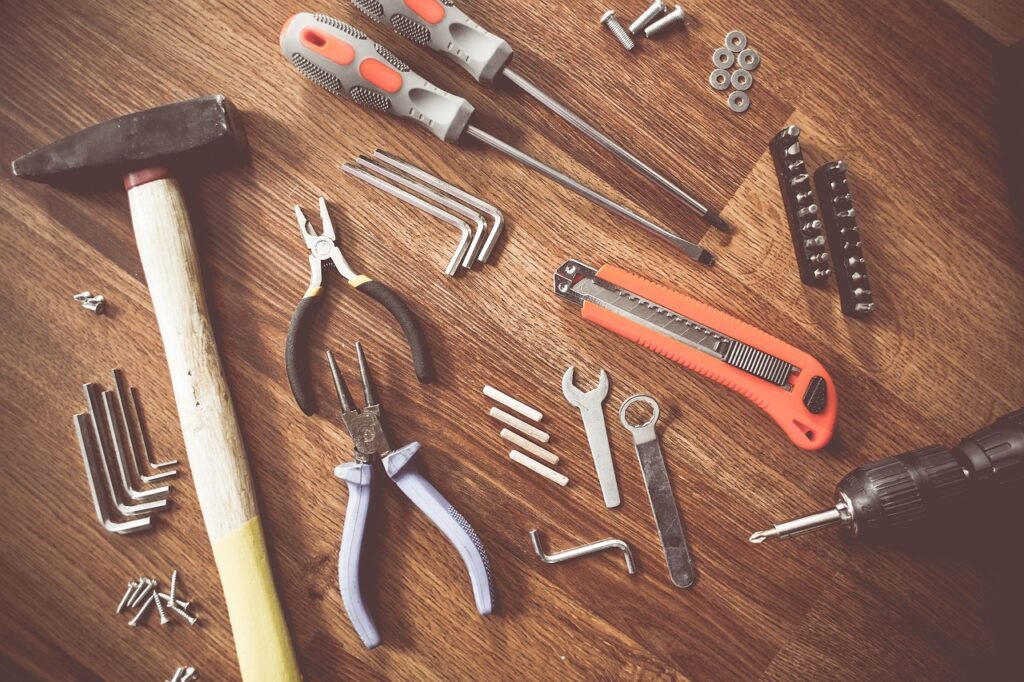We don’t have all the tools in our home, garage, or workshop. Though some of us have a small or semi-large workshop, we still don’t have all the required tools. So what do we do? We simply use screwdrivers as chisels or try to loosen a bolt using the wrong bit with a paper or rubber grip. Eventually, we’ve all been there—working on something either at home or on location, only to find that we don’t have the right instrument close by. As a rule, it seems okay to just improvise with what you have nearby and hope it gets the job done, and while it can often work, there are a couple of compelling reasons why this is generally a bad idea.

There is a huge number of different technician’s tools available for a wide variety of jobs, so it’s unlikely that you will have everything you might ever need close by at all times. Moreover, even basic tools can often be misused—for example, using incorrect-sized sockets or the wrong type of screwdriver. In most cases, we might think, “I don’t need the tool on a daily basis, so why should I spend money on something that will remain idle most days of the year?” It’s a very common line of thinking—we don’t want to buy something only for it to sit unused. We carefully calculate our expenses, but more often than not, we don’t calculate properly.
Using the wrong type of tool can damage both the tool and the job, and more importantly, it can harm ourselves. Using the wrong blade to cut or drill an object may destroy the blade itself, and the broken part may cause severe damage to the operator. Security is the main element involved in selecting the right tool, but using the wrong tools can damage both the workpiece and the tools themselves. Working with incorrectly sized sockets or the wrong screwdriver can damage the head of a bolt or strip out the holes, making it much harder to remove later.
This can be particularly harmful when dealing with parts or projects that require a lot of precision. Blindly proceeding with things like bearings, piston rings, and valves can lead to later engine failure. Using the wrong types of tools while working on brakes and suspension can seriously compromise the safety features of your vehicle.
Using the right tool will also reduce the effort required to complete a task. You can definitely tighten or loosen a nut using a pair of pliers, but it’s not the right tool for the job. Using the correctly sized wrench will do the job smoothly with far less effort. Doing things properly, with the right tools, can save a lot of frustration and anger—not to mention the time you could spend doing something productive.
Lastly, remember that tools and equipment aren’t exactly cheap, and it’s not that all of them are inexpensive. Using a screwdriver as a chisel or a wrench as a hammer will only end up costing you money better spent on the right tool. Quality tools will last for years and help you accomplish all sorts of cool stuff if you take care of them. So, if you want to tackle work that your current tools might not handle, don’t just deplete your inventory by breaking something—instead, expand it by purchasing the right tool. Not only will you have acquired a tool, but you’ll also have gained experience that you can apply to future projects.
